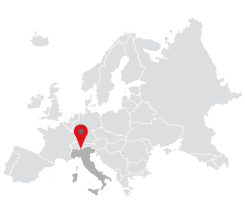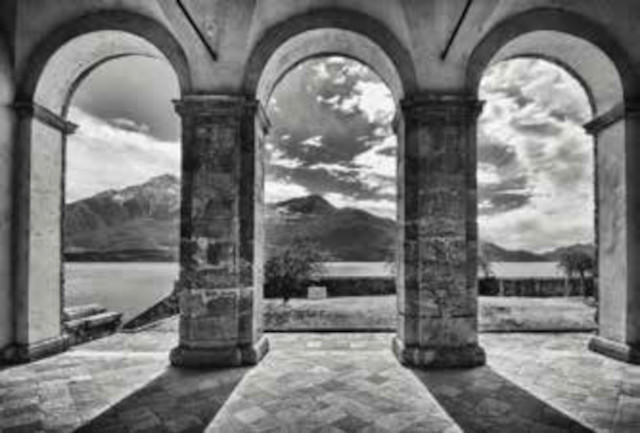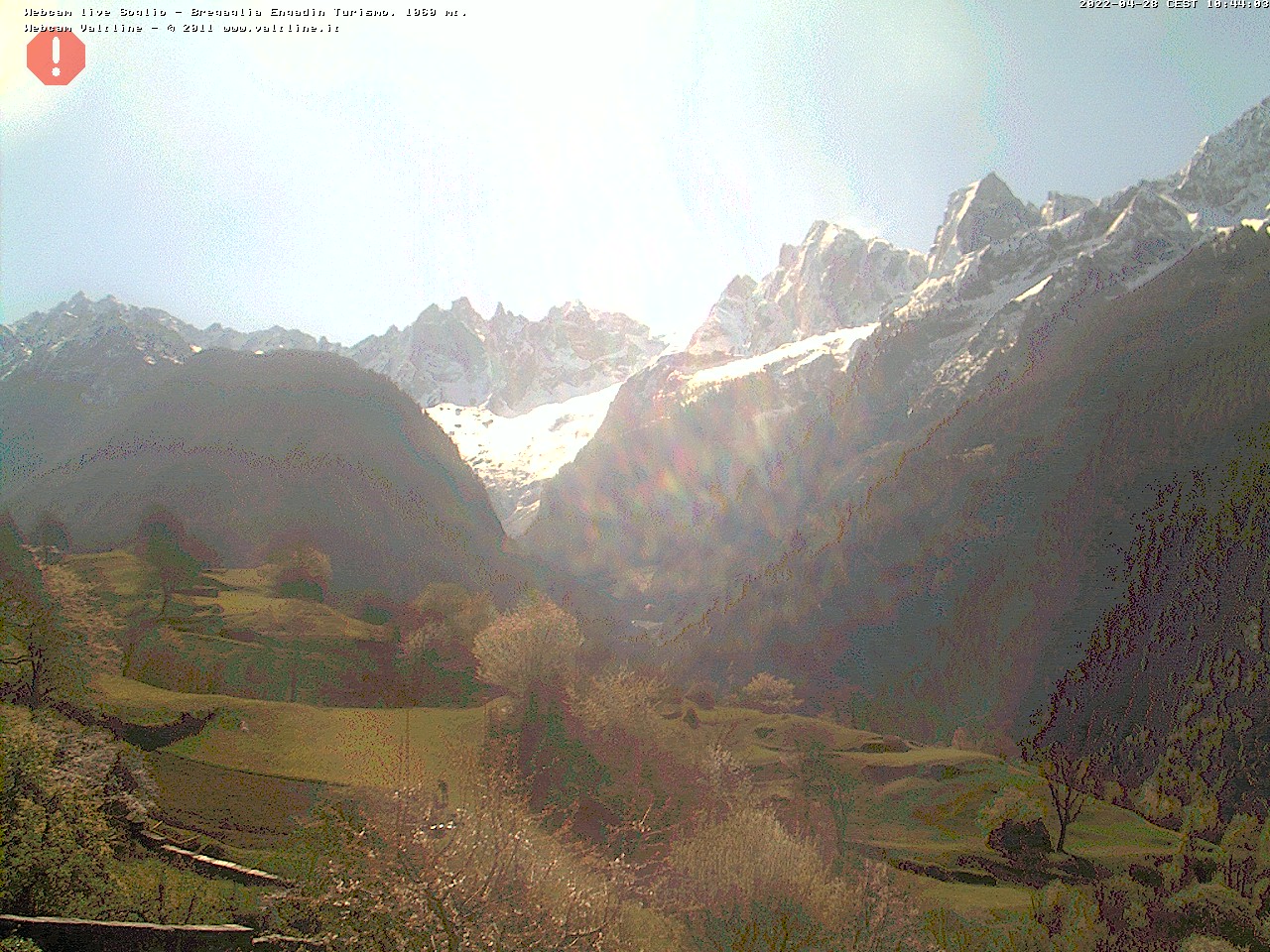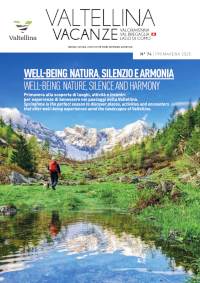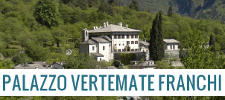An ideal itinerary for families, discovering the historical and artistic beauty of Gravedona ed uniti, a splendid little community overlooking the Lario.
Foto Oliver Wagner
The origins of Gravedona ed Uniti are lost in history. Roman substantiation is still evident in
the toponyms of various places and in artefacts discovered in the area. A land of transfer for many populations, the nucleus known since 2011 as Gravedona ed Uniti, has an extraordinary charm, much appreciated by visitors to its more evocative corners. We have sought out an easy walking route of about 4 km, perfect for the warmer months and tailored for families who want to spend a pleasant day with great views of Lake Como. We start from the Infopoint in piazza Trieste in front of the marina. It&´s a gentle walk along via Roma for around 300m as far as the Area Sacra, once a pagan sacred area on which a Christian one was superimposed. Don&´t miss a visit to the church of Santa Maria del Tiglio, a jewel of Romanesque art dating back to the second half of the 12th century. Also worth noting is the parish church of S. Vincenzo built around 1050 on a paleo-Christian building of which the crypt dedicated to S. Antonio is preserved.
The route continues behind the Parish church towards viale Scuri. Turn left and pass the “Torretta Scuri”, which belonged to Alessandro Scuri, a Gravedona ed Uniti artist of the early 1900&´s. We reach the beach called Serenella, home to various sports and recreational activities: perfect for a break. Mills were also active in Gravedona ed Uniti. Today the only evidence is in the via Maglio a short walk from the beach taking the via Mulini. The wheel of an old mill, a significant piece of industrial archaeology, bears witness to the important industrial past of the community. The lakefront of Gravedona ed Uniti is one of the most popular attractions. Via Sabbati, a road full of atmosphere and charm, was home to the old shops of the centre. From piazza Cavour turn left and go uphill to the chapel of 18th C origins, still known as “Gesiòò”. The imposing architecture of the Palazzo Gallio cannot go unnoticed. Built in 1586 at the behest of Bishop Tolomeo Gallio to represent the feudal power over the Contea delle Tre Pievi, the building throws up some attractive views of the lake. Along via Ser Gregori, we enter into the “Contrada degli Orefici”, so called because during the Renaissance the Ser Gregori family produced liturgical and devotional furnishings. And so into the historic centre, known as "Castello" full of piazza, houses propping each other up, alleys, and stairways that plunge into the blue of the lake itself. And here you can still see the remains of the old castle walls and the Belvedere, called Pra&´ Castello with its enchanting views of the Lario.
